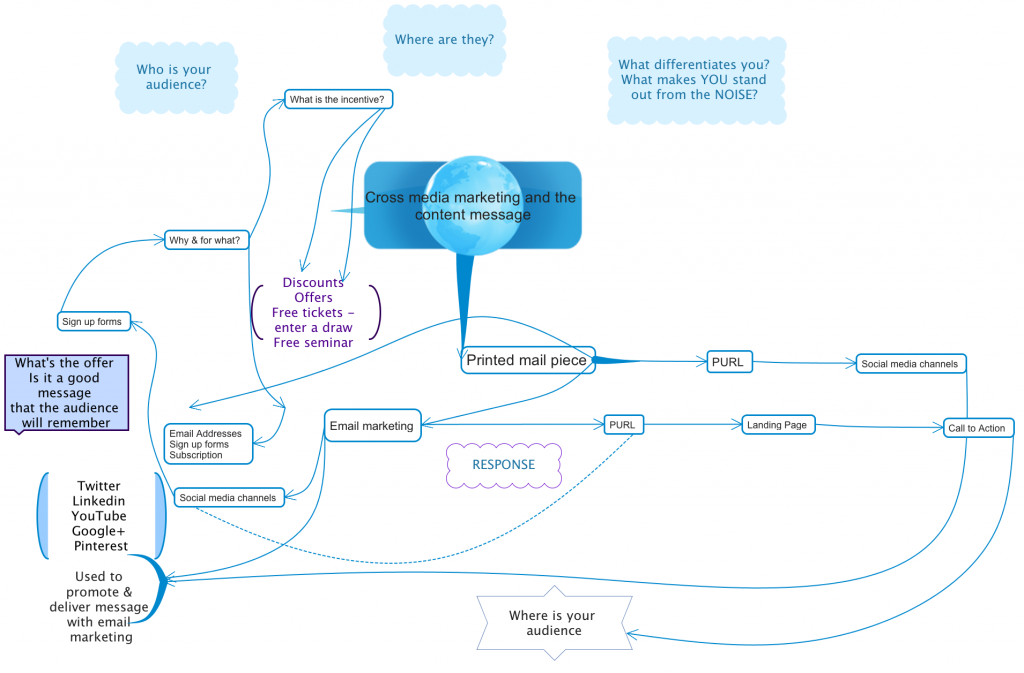My final blog post to round up 2015. 
Like you, I’m sure you are sitting at your desk wondering how this year came and went. Sure scares the heck out of me.
Although the world has been troubled and unstable, marketing, social media and print are holding their own.
2015 has been about making content and marketing work better through cross-media marketing and personalisation.

Companies are waking up to the idea that it isn’t good enough to email or send a generic marketing piece print or electronic.
It is about understanding your audience and knowing how to ensure that they get the information they need.
I read a lot about ‘big data’ how organisations need to monopolise data capture and customer data to get the sales pitch right.
No one really knows what big data is and what impact it is having, yet.
In reality, big data is a load of data that has been captured either digitally or via traditional methods, like direct mail, web, social media interactions and then entered into a CRM type system.
Then what? How do you harvest that data and make use of it?
 My posts this year focussed on the importance of using print with digital methods of communication, ensuring the customer has the choice of how they choose to receive information.
My posts this year focussed on the importance of using print with digital methods of communication, ensuring the customer has the choice of how they choose to receive information.
Augmented Reality is still in its infancy largely optimised by magazines, newspapers and larger organisations.
I expect to see this develop as we see the benefits of reading something in the physical world before being transported into the digital world.
In March I introduced you to multichannel services – what is it and what are the benefits.
Multichannel marketing is the ability to interact with customers on a number of different platforms giving the customer the choice.
 Multichannel service works similarly allowing customers to simultaneously access their transactional information like invoices, statements and payslips online or being given the choice of receiving a physical printed document.
Multichannel service works similarly allowing customers to simultaneously access their transactional information like invoices, statements and payslips online or being given the choice of receiving a physical printed document.
What makes multichannel so appealing is that information can be accessed via a smartphone and I wrote about the benefits of it here.
In July, I reported on the Royal Mail’s findings following a survey they conducted into email and print marketing.
There is a genuine misconception that print is on the decline but the report found when used in conjunction with email marketing it is an effective marketing tool.
I’ve tried to convey during the year that we don’t need to be solely in the digital world we can make use of paper and print.
Customers want to be able to access information on a variety of devices when they want to and not be forced into making a choice.
Print and digital work well together, print is now the first touchpoint before the consumer is taken into the digital world via QR codes or AR (Augmented Reality).
 Print use to be the end of a marketing campaign now it is the start of a journey for the consumer to make a purchase.
Print use to be the end of a marketing campaign now it is the start of a journey for the consumer to make a purchase.
One of the services we provide at Digital Print Management is our Print-2-Mail service.
It is a cost and time-effective way for companies to mail out residual statements and invoices, for those customers that won’t or can’t accept electronic equivalents.
One of the reasons hybrid mail is so useful is the ability to upload documents from your desktop anytime and anywhere, assuming the connection is good.
We take care of the rest and it is cheaper than doing it in house.
In November I attended a really interesting seminar on the transformation of print in an ever changing world.
Unsurprisingly speakers from big organisations including Sky were adamant that print plays a crucial role in their marketing initiatives.
Far from being dead, print is not better than digital it is simply another way of consuming information and is demographic dependent.
Producing content means that we really do need to think about where our audience is, are they mobile, internet-based?
Marketing departments have to produce content that is digestible on all platforms from print to web, online and social media.
I end where I started, in my penultimate blog ‘the future of interactive print’.
I emphasise the importance of using print as well as electronic means of communication by optimising new technologies such as interactive print (AR).
Making content come alive on the page is a fun way to engage with an audience that is continually bombarded with mass information.
Wherever you consume information and whatever your thoughts on print and digital the argument will continue.
Our world is forever fast-paced and we are bombarded with information.
Winding down with a good book or magazine without the distractions of pop up ads and links takes us away from reality and into a place of calm and slowness.
I hope you’ve enjoyed my posts this year and I appreciate the time you have taken to read and share my content.
I hope that they have been useful.
From all of us at Digital Print Management…









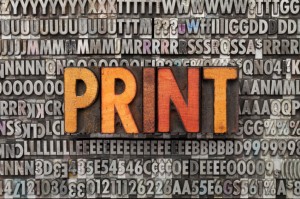







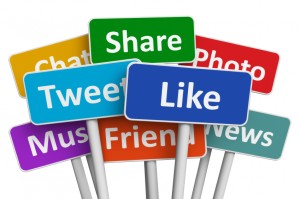

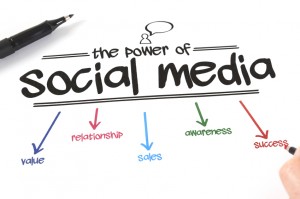



 What does the ice bucket challenge have to do with content marketing?
What does the ice bucket challenge have to do with content marketing?
 How many times do you get impersonal emails? I get so many I cant count the number that bear no relevance to our company’s services.
How many times do you get impersonal emails? I get so many I cant count the number that bear no relevance to our company’s services.
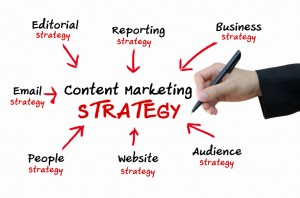 Print outsourcing can play an important role in improving customer communications driving costs down and improving business efficiency.
Print outsourcing can play an important role in improving customer communications driving costs down and improving business efficiency.


 Marketers are already targeting their audiences online because it is cheaper and easier to deliver to market than print is; which involves design, content, production, proofing, finally print and distribution.
Marketers are already targeting their audiences online because it is cheaper and easier to deliver to market than print is; which involves design, content, production, proofing, finally print and distribution.
 The last five years have seen an unprecedented rise in electronic and social media.
The last five years have seen an unprecedented rise in electronic and social media.




